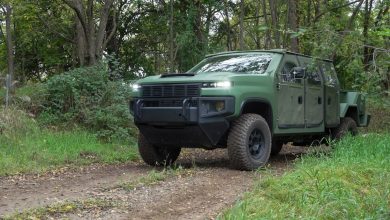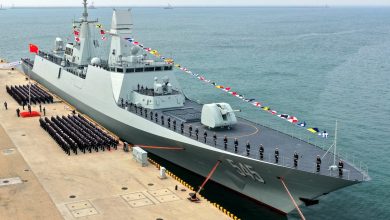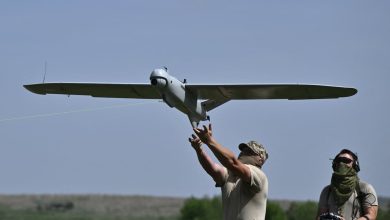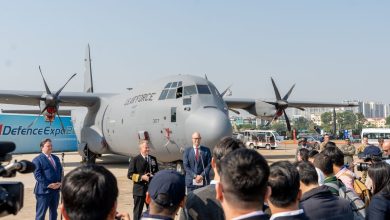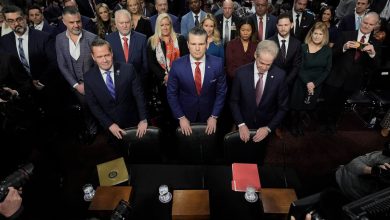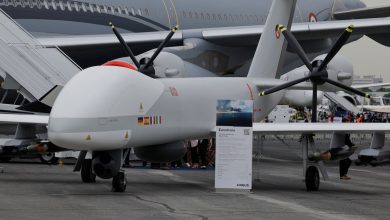China leading ‘rapid expansion’ of nuclear arsenal, Pentagon says
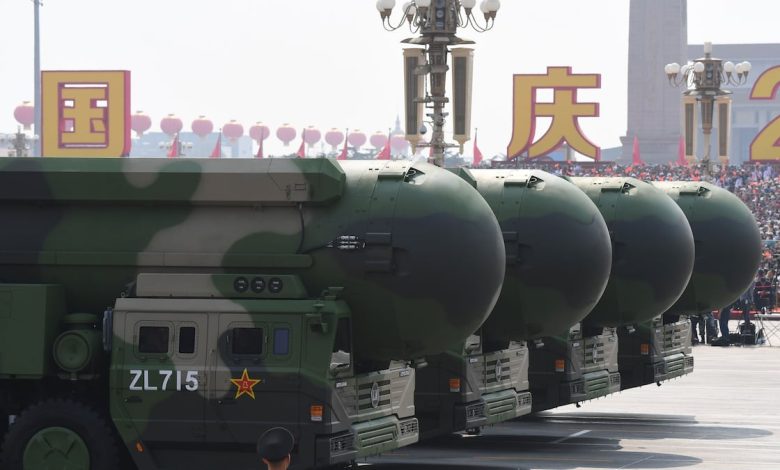
China is accelerating its buildup of nuclear weapons, forcing the U.S. to more than double earlier estimates of its pace, the Pentagon’s intelligence arm wrote in a report this week.
The Defense Intelligence Agency assessed that Beijing had around 200 warheads in 2020 and would reach at least twice that by the end of the decade. Now, the DIA said, China has already reached 500 such weapons and will have more than 1,000 by 2030 — most of which will be able to reach the U.S.
“China is undergoing the most rapid expansion and ambitious modernization of its nuclear forces in history,” the report argued, though noting Beijing’s arsenal is still far below America’s or Russia’s.
These numbers appeared in the Pentagon’s annual report on China’s military strength published last year, and are due for a refresh later this fall.
“Compared to the PLA’s nuclear modernization efforts a decade ago,” that document said, referring to the Chinese military, “current efforts dwarf previous attempts in both scale and complexity.”
Despite the detailed projections, the U.S. still does not know why China has pursued such a large arsenal at such a fast pace. Talks with senior Chinese military leaders only restarted earlier this year, after a hiatus that began in 2022. American defense officials have said their counterparts in the People’s Liberation Army haven’t been willing to discuss the buildup.
“We see a very rapid expansion and modernization of the PLA nuclear forces, and they have not been transparent about the underlying intent or the goals,” a senior U.S. defense official told a group of traveling reporters, including Defense News, in June.
The official spoke after Defense Secretary Lloyd Austin met with his Chinese counterpart — the third in as many years. Austin raised the nuclear issue in that meeting, the official said.
The DIA’s new report argues that China’s pace comes from two broad goals: competition with America’s military and an effort to back up old strategic plans with real capabilities — like a coach that runs more advanced plays with better players.
Among these concepts is the threat of limited nuclear use in a crisis that involves “conventional” or non-nuclear weapons, the DIA said. Another is the development of smaller, or “low yield,” nuclear warheads that could have real battlefield use, rather than value as a deterrent alone.
The report said this second development suggests “Chinese nuclear thinkers could be reconsidering their long-standing view that nuclear war is uncontrollable.”
For years, the Pentagon has said China’s military overall is growing rapidly as its leaders pursue a “world class” force, a euphemism for one on par with America’s. This goal includes a set of timelines, pegged to specific anniversaries for the Chinese Communist Party.
Most concerning for the Pentagon of late has been 2027 — the centennial of the People’s Liberation Army — by which point China’s leader has told the military that it should have the strength to invade Taiwan, a self-governing island Beijing considers its rightful territory.
American officials who have shared this assessment caution that it isn’t a deadline to actually invade.
At the same time China pours resources into its Rocket Force, or nuclear wing, the service has been rocked by corruption issues. Several senior officers were sacked last year amid a wider purge of military and defense officials.
Noah Robertson is the Pentagon reporter at Defense News. He previously covered national security for the Christian Science Monitor. He holds a bachelor’s degree in English and government from the College of William & Mary in his hometown of Williamsburg, Virginia.
Read the full article here

